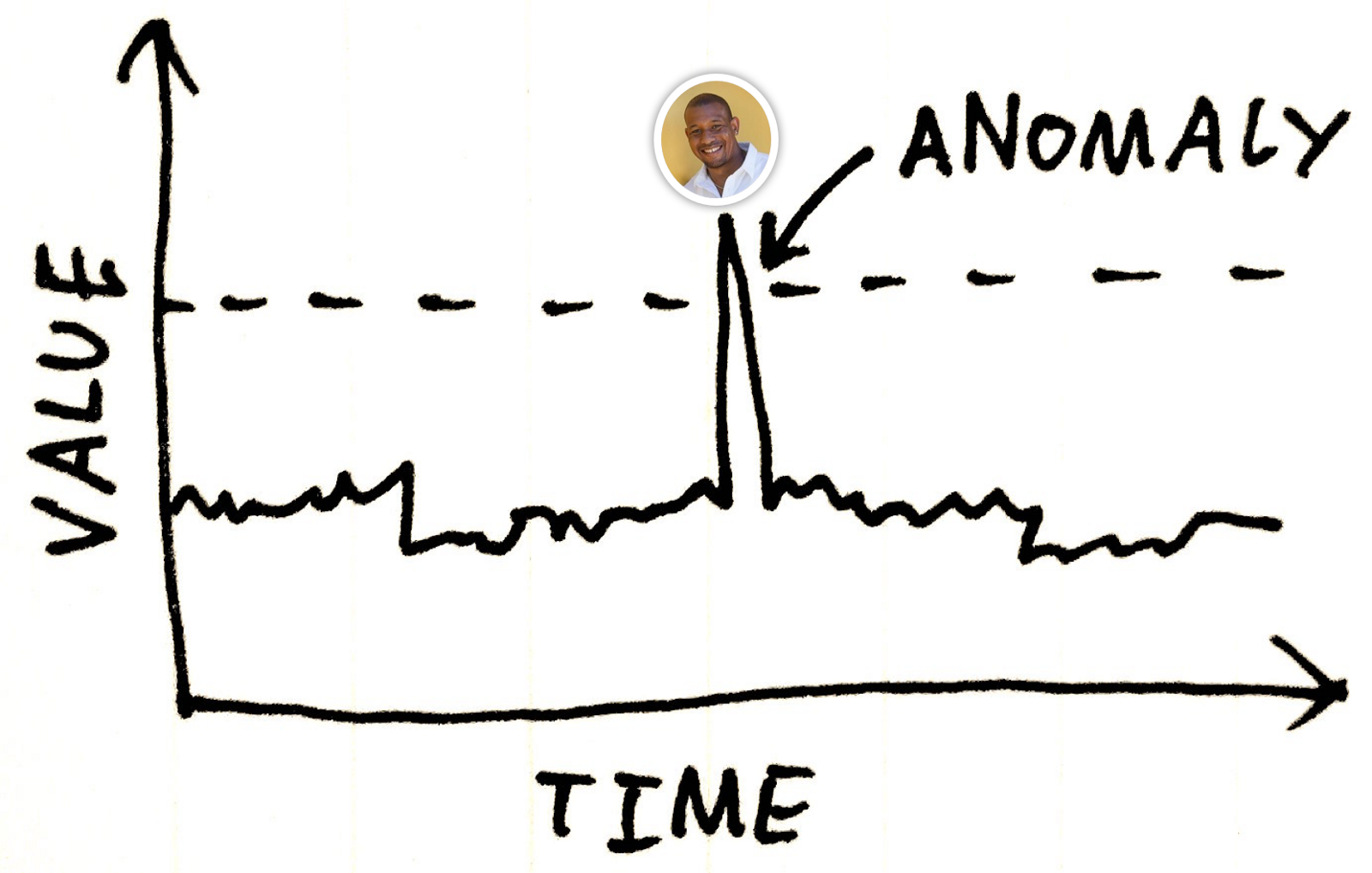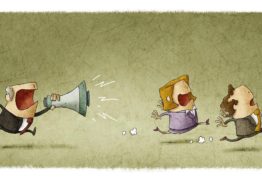The Art of Corporate Mutiny: Leading the Way Towards Efficiency
The Corporate Elephant in the Room
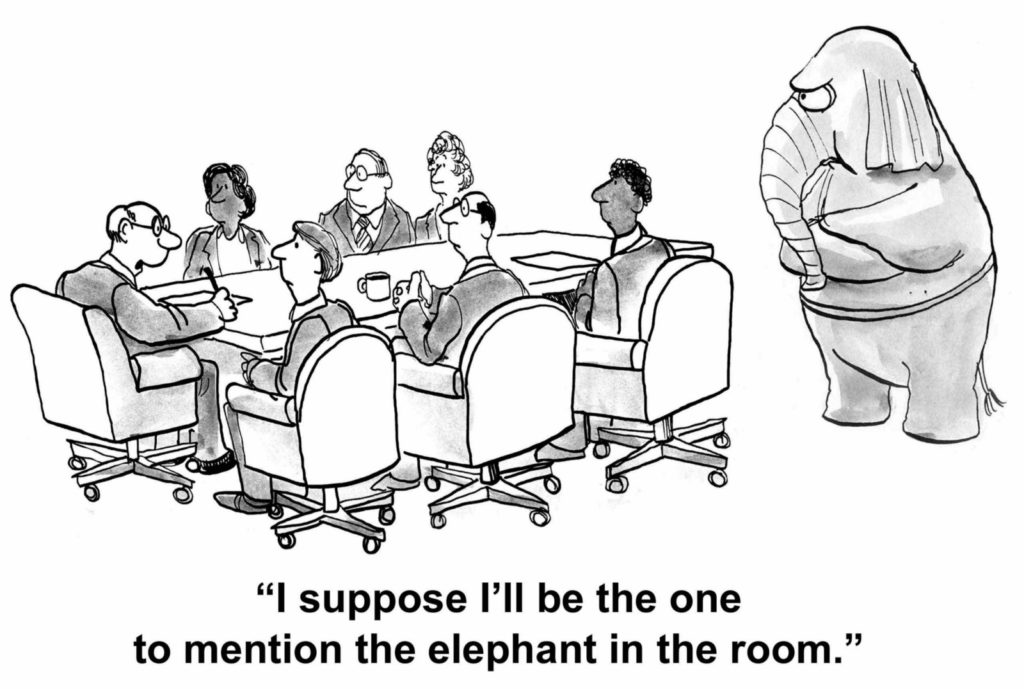
Photo Credit: Atypeek
Throughout my professional career, I’ve been exposed to various organizations both small and large. The smaller the company, the easier it is to communicate a shared set of motives and beliefs. As the company grows, new attitudes and behaviors begin to form, some, creating a toxic work environment.
We have all experienced this: red tape, bureaucracy, analysis paralysis, [insert any word that makes work frustrating here], etc… It’s an obvious problem we choose to ignore, accepting a fate of daily inefficiencies at work.
[Queue Dramatic Music]
Enter The Art of Corporate Mutiny!
The Art of Corporate Mutiny
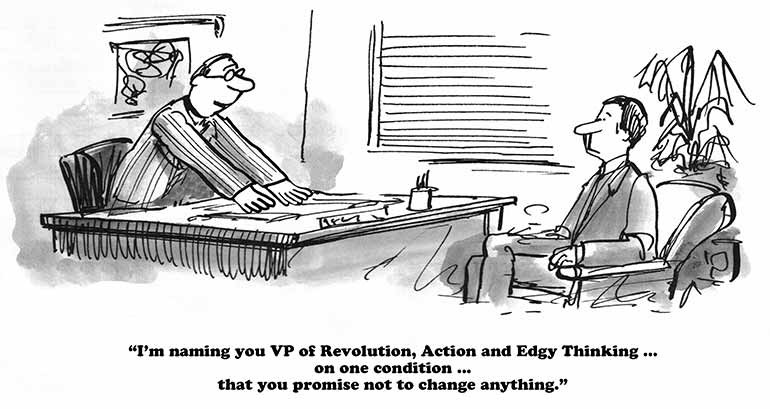
Corporate mutiny is the action of openly opposing anti-efficiency patterns. Doing so in a tactful matter is the art. In order to have a successful mutiny, you must be able to identify these patterns.
In the sections that follow, we will review four anti-efficiency patterns that plague every corporation and how to address them.
If you are ready to start a rebellion continue reading.
Anti-efficiency Patterns
There are four anti-efficiency patterns that are toxic to the workplace. Each one causing strife within the company, impacting employees, teams, and ultimately the customer. The goal of this article is to help you identify each pattern and what actions are required to oppose it.
Cannibalistic Culture
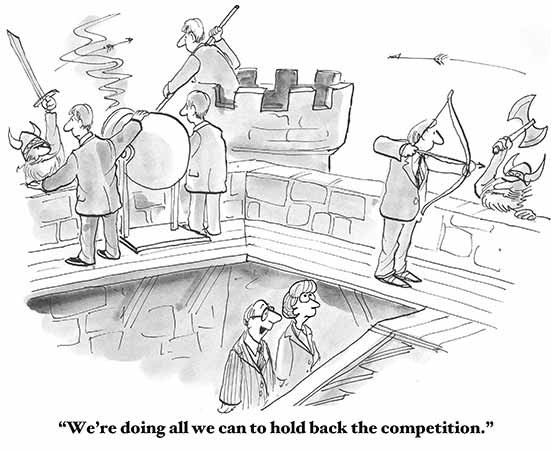
As the name suggests, this is when an organization it pitted against one another to accomplish the same goal instead of working together as a team.
Anti-efficiency patterns:
- Unhealthy competition: This occurs when two or more teams try to “out do” or “beat” the other team in delivering a solution to a common problem.
- Siloed development: This occurs when departments or teams willfully exclude the sharing of information or have zero intention of working with others to reduce overlap.
- Rebuild instead of Reuse: This occurs when a team does not do the due-diligence or deliberately recreates a solution that already exists.
Why this happens:
The common cause for these patterns are due to a lack of communication, alignment, and teamwork towards a focused goal. Normally when an organization realizes this is an issue, they typically add more “processes” as a solution instead of addressing the actual problem: the attitudes and behaviors of the employees.
Start your Revolution:
Identify the employees that are the source of the problem. Clearly communicate how their attitudes and behaviors are negatively impacting the organization. If they are unwilling to change, they may not be a fit for the company culture.
Remember, the perceived short term value will never outweigh the longer term impact, on company culture, if you decide to keep employees that exhibit anti-efficient behavior.
Reactive Culture
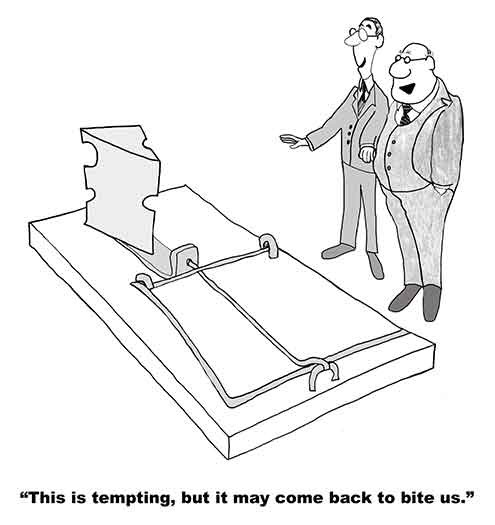
You will notice this behavior when employees of an organization blindly act to a situation without understanding the what, why, and how of the problem.
Anti-efficiency patterns:
- Reaction to vague leadership directives: This occurs when a leader makes a statement or request and the organization scrambles to get it accomplished without asking for clarification.
- Reaction to external circumstances: This occurs when an organization responds to company, industry, or customer shifts that are irrelevant to their core area of focus.
Why this happens:
The common cause for these patterns is the reluctance for employees to push leadership for clarity on the purpose and value of what is being requested. It is easy to get into “panic mode” when scope, timelines, and resources seem fixed and it feels like there is no ability to negotiate the definition of realistic success.
Start your Revolution:
When encountered with a task that seems vague or unrealistic:
- Pause
- Assess the problem
- Map out what is being requested
- Understand why is it important and
- Ensureyou align on how this benefits the company
If you don’t have clear answers to any of these points, get them. After that, align on:
- what is actually needed
- by when and
- what is required to accomplish it
Do not execute on anything until you have answers to the above. By understanding the purpose of what is being requested, you and the team will be setup for success.
Hyper Sensitive Culture

The key indicator of this behavior is a lack of emotional intelligence across the organization. Fear, negative intent, and avoidance are prevalent characteristics among employees.
Anti-efficiency patterns:
- Lack of emotional self-awareness: missing the ability to read and understand your emotions as well as recognize their impact on work performance and relationships.
- Lack of self-control: missing the ability to keep disruptive emotions and impulses under control.
- Lack of social awareness: missing the skill of sensing other people’s emotions, understanding their perspective, and taking an active interest in their concerns.
- Lack of conflict management: missing the ability to deescalate disagreements and orchestrate resolutions.
Why this happens:
The common cause for these patterns is lack of relationship building between employees to ensure there is trust and positive intent when providing and receiving feedback without fear of a misunderstanding.
Start your Revolution:
The ideology of public shaming in the workplace has created an environment where unwanted behavior is tolerated or goes unchecked.
Encourage real-time feedback across the organization at all levels. It should be common practice for everyone to have the freedom to publicly address behavior, not aligned with the company culture, in a professional manner without retaliation.
Misguided Culture
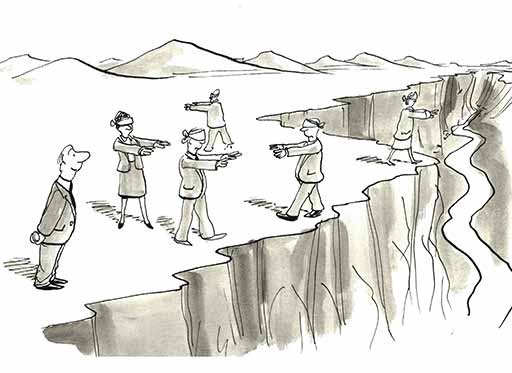
This behavior is the most damaging to company culture and is the result of weak leadership, vision, and focus across the organization.
Anti-efficiency patterns:
- Ineffective leaders: individual contributors converted to managers with no formal training or evaluation to determine on-going fitness for the role.
- Lack of leadership: hesitant to tackle difficult problems head on, shifting blame to others.
- Ineffective communication: lacking the ability to send a clear, convincing, well-tuned message to inspire others towards a common goal.
Why this happens:
The main cause for these anti-efficiency patterns is due to inexperienced managers not trained or capable of leading, coaching, or mentoring others.
Start your Revolution
Because these anti-efficiency patterns are so detrimental to the organization, once you have identified that an employee is not a good leadership fit, remove them from the position immediately.
If they were an strong individual contributor, place them back in that role. Or based on their interests and needs, they might be a better cultural fit for another company.
This action in itself highlights strong leadership by demonstrating the ability to address challenges in a fair and swift matter.
Surviving the Rebellion

I’m sure you have either dealt with or are still dealing with one or more of these anti-efficiency patterns. And if you are fed up, the advice in this article requires you to take a stand for what you believe is right.
Here are some helpful tips for you to leverage:
- Use your voice: Do not be afraid to speak up in a professional matter. You will soon realize that others feel the same and your voice becomes their voice as they rally behind you.
- Identify likeminded people: It is important to surround yourself with others that want to help change the company culture for the better. Build your network, understanding your work environment and what problems need solving.
- Use data as a tool: Leaders like data. Gather information to highlight pain points, like how the anti-efficiency patterns are impacting productivity, product quality, or company profit.
- Be solution oriented: It’s one thing to bring up complaints, it’s another to identify a solution that could yield positive results. If you are looking to spark change, have a clear plan, purpose, and measure of success for the problems you identify.
My question to you: what will you do with this information? Will you continue to sit back and be a passive observer or will you start a mutiny and lead the way towards corporate efficiency.


